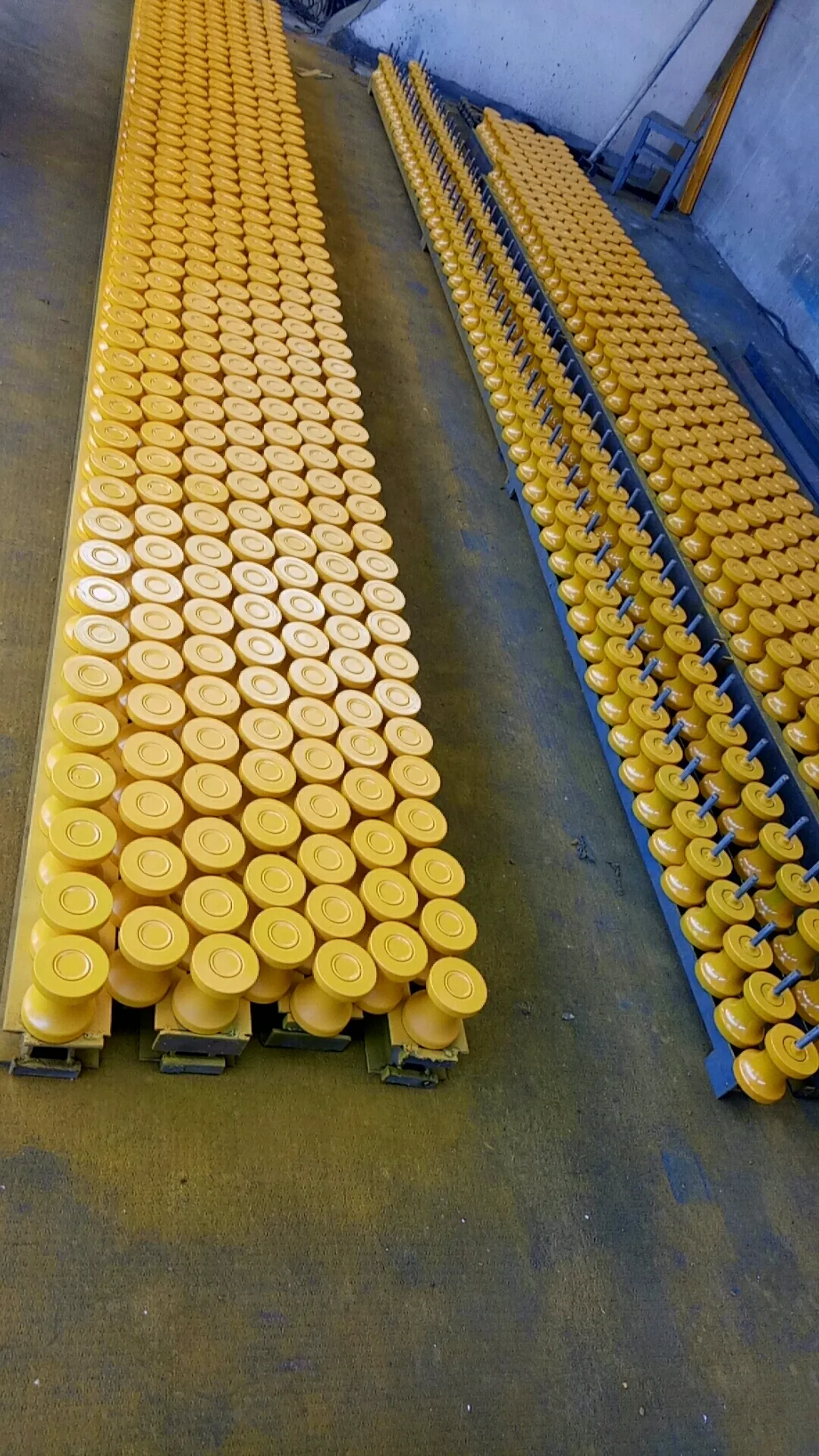 Afrikaans
Afrikaans  Albanian
Albanian  Amharic
Amharic  Arabic
Arabic  Armenian
Armenian  Azerbaijani
Azerbaijani  Basque
Basque  Belarusian
Belarusian  Bengali
Bengali  Bosnian
Bosnian  Bulgarian
Bulgarian  Catalan
Catalan  Cebuano
Cebuano  Corsican
Corsican  Croatian
Croatian  Czech
Czech  Danish
Danish  Dutch
Dutch  English
English  Esperanto
Esperanto  Estonian
Estonian  Finnish
Finnish  French
French  Frisian
Frisian  Galician
Galician  Georgian
Georgian  German
German  Greek
Greek  Gujarati
Gujarati  Haitian Creole
Haitian Creole  hausa
hausa  hawaiian
hawaiian  Hebrew
Hebrew  Hindi
Hindi  Miao
Miao  Hungarian
Hungarian  Icelandic
Icelandic  igbo
igbo  Indonesian
Indonesian  irish
irish  Italian
Italian  Japanese
Japanese  Javanese
Javanese  Kannada
Kannada  kazakh
kazakh  Khmer
Khmer  Rwandese
Rwandese  Korean
Korean  Kurdish
Kurdish  Kyrgyz
Kyrgyz  Lao
Lao  Latin
Latin  Latvian
Latvian  Lithuanian
Lithuanian  Luxembourgish
Luxembourgish  Macedonian
Macedonian  Malgashi
Malgashi  Malay
Malay  Malayalam
Malayalam  Maltese
Maltese  Maori
Maori  Marathi
Marathi  Mongolian
Mongolian  Myanmar
Myanmar  Nepali
Nepali  Norwegian
Norwegian  Norwegian
Norwegian  Occitan
Occitan  Pashto
Pashto  Persian
Persian  Polish
Polish  Portuguese
Portuguese  Punjabi
Punjabi  Romanian
Romanian  Russian
Russian  Samoan
Samoan  Scottish Gaelic
Scottish Gaelic  Serbian
Serbian  Sesotho
Sesotho  Shona
Shona  Sindhi
Sindhi  Sinhala
Sinhala  Slovak
Slovak  Slovenian
Slovenian  Somali
Somali  Spanish
Spanish  Sundanese
Sundanese  Swahili
Swahili  Swedish
Swedish  Tagalog
Tagalog  Tajik
Tajik  Tamil
Tamil  Tatar
Tatar  Telugu
Telugu  Thai
Thai  Turkish
Turkish  Turkmen
Turkmen  Ukrainian
Ukrainian  Urdu
Urdu  Uighur
Uighur  Uzbek
Uzbek  Vietnamese
Vietnamese  Welsh
Welsh  Bantu
Bantu  Yiddish
Yiddish  Yoruba
Yoruba  Zulu
Zulu ફેબ્રુવારી . 20, 2025 12:55
Back to list
Wing Pulley
Belt drive pulleys are essential components in a variety of mechanical systems, from industrial machinery to automotive engines. Despite their ubiquitous nature, the intricacies of their function, design, and maintenance are often overlooked by those outside mechanical circles. Having spent over two decades in the field of mechanical engineering, much of my career has been devoted to the optimization and innovation of belt drive systems. This article is crafted to shed light on belt drive pulleys with authoritative insights, aimed to enrich your understanding.
The latest developments in belt drive pulley design are responding to the industry's call for sustainability. Engineers are now focusing on reducing the ecological footprint of these components. The implementation of energy-efficient designs, such as pulleys that require less lubrication or those crafted from recyclable materials, underscores a shift towards sustainability without compromising performance. As someone who's witnessed the evolution of belt pulleys, it's undeniably clear that future progress hinges on eco-conscious innovations. Expertise in this field is defined by a profound understanding of both the components and the applications they're involved in. Belt drive systems play a vital role in industries as diverse as textiles, automotive, and heavy machinery. Each application demands specific design considerations. For example, in the automotive industry, precision in pulley design contributes directly to fuel efficiency and vehicle performance, areas I have personally seen evolve with technological advancements and innovative engineering approaches. Apart from robust design and material selection, trustworthiness in belt drive pulleys refers to their reliability in demanding conditions. Robust testing procedures are crucial for validating the performance and durability of these components. Given the intensive nature of industrial applications, consistently high performance is non-negotiable. The assurance of long-lasting effectiveness is what builds trust in these mechanical systems, backed by years of experience and comprehensive testing. In conclusion, belt drive pulleys are more than mere mechanical components; they are the unsung heroes of various industrial processes. Their efficiency, precision, and sustainability redefine the boundaries of existing engineering standards. By acknowledging the necessity for regular maintenance, embracing sustainable materials, and leveraging technological advancements, industries can ensure that these pivotal components continue to operate at peak performance. As someone deeply rooted in this field, I believe that an informed approach to belt drive pulley implementation and maintenance is instrumental in propelling industries forward, ensuring both innovation and longevity in mechanical systems.


The latest developments in belt drive pulley design are responding to the industry's call for sustainability. Engineers are now focusing on reducing the ecological footprint of these components. The implementation of energy-efficient designs, such as pulleys that require less lubrication or those crafted from recyclable materials, underscores a shift towards sustainability without compromising performance. As someone who's witnessed the evolution of belt pulleys, it's undeniably clear that future progress hinges on eco-conscious innovations. Expertise in this field is defined by a profound understanding of both the components and the applications they're involved in. Belt drive systems play a vital role in industries as diverse as textiles, automotive, and heavy machinery. Each application demands specific design considerations. For example, in the automotive industry, precision in pulley design contributes directly to fuel efficiency and vehicle performance, areas I have personally seen evolve with technological advancements and innovative engineering approaches. Apart from robust design and material selection, trustworthiness in belt drive pulleys refers to their reliability in demanding conditions. Robust testing procedures are crucial for validating the performance and durability of these components. Given the intensive nature of industrial applications, consistently high performance is non-negotiable. The assurance of long-lasting effectiveness is what builds trust in these mechanical systems, backed by years of experience and comprehensive testing. In conclusion, belt drive pulleys are more than mere mechanical components; they are the unsung heroes of various industrial processes. Their efficiency, precision, and sustainability redefine the boundaries of existing engineering standards. By acknowledging the necessity for regular maintenance, embracing sustainable materials, and leveraging technological advancements, industries can ensure that these pivotal components continue to operate at peak performance. As someone deeply rooted in this field, I believe that an informed approach to belt drive pulley implementation and maintenance is instrumental in propelling industries forward, ensuring both innovation and longevity in mechanical systems.
Next:
Latest news
-
Revolutionizing Conveyor Reliability with Advanced Rubber Lagging PulleysNewsJul.22,2025
-
Powering Precision and Durability with Expert Manufacturers of Conveyor ComponentsNewsJul.22,2025
-
Optimizing Conveyor Systems with Advanced Conveyor AccessoriesNewsJul.22,2025
-
Maximize Conveyor Efficiency with Quality Conveyor Idler PulleysNewsJul.22,2025
-
Future-Proof Your Conveyor System with High-Performance Polyurethane RollerNewsJul.22,2025
-
Driving Efficiency Forward with Quality Idlers and RollersNewsJul.22,2025
OUR PRODUCTS




























